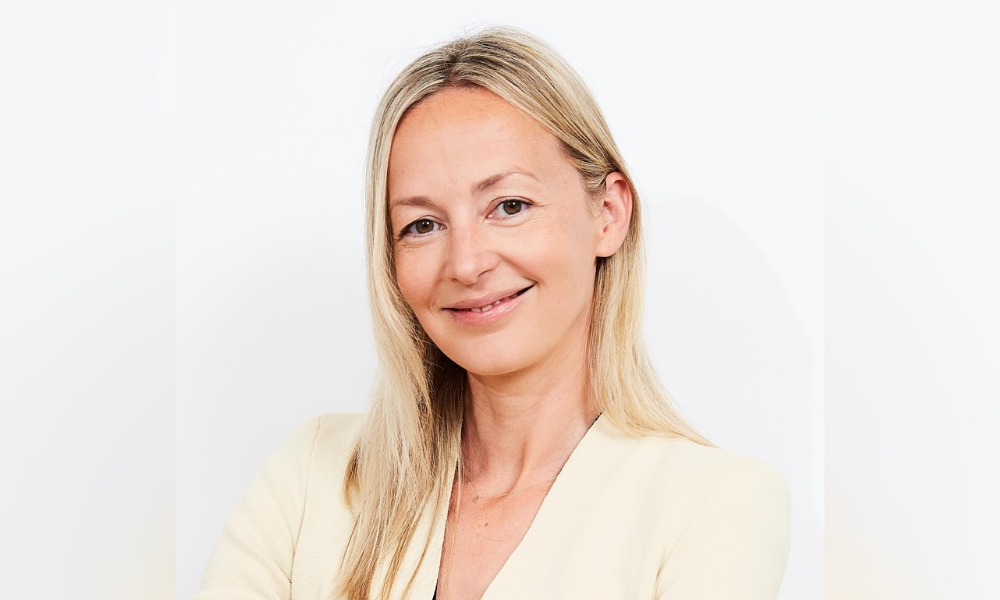Business trends of 2022 a sign of what’s to come in 2023, says CreditorWatch

The economic outlook for 2023 is not as bleak as many believe it will be – at least not for CreditorWatch chief economist Anneke Thompson.
In studying the best and worst business trends of 2022, Thompson (pictured above) has reasons to believe the challenges of a cooling economy is crucial to keep Australia afloat throughout 2023, noting that “Australia is in a better position than most” to keep recession at bay.
“While GDP growth is expected to slow dramatically, it is still unlikely at this stage that Australia will move into recession,” Thompson said.
“Strong employment is an important safety net for Australians, as by and large borrowers will be able to make repayments, even if they have to reduce their spending. Businesses may also start seeing some increased ‘slack’ in the labour force, helping them run their operations more efficiently and with less disruption.”
But Thompson said that did not mean 2023 won’t have its challenges, given how strong customer demand and employment was in 2022.
The customer demand seen in 2022 was a direct response to the lockdowns in 2020 and 2021, with the food and beverage, travel, tourism and retail trade sectors benefitting the most.
CreditorWatch reported a total of 482,000 people were employed by the end of 2022 compared to 2021, with unemployment at a near record low of 3.4% in October. Thompson said the surge in employment had allowed retail spending to hold up better than expected amid rising interest rates.
Employment was also expected to remain steady coming into 2023 following the release of NAB’s Business Conditions Index, which found that businesses had been operating at near record capacity utilisation for majority of the year.
It was precisely because of this high customer demand that 2023 would experience slower growth. Thompson said businesses would have to deal with an almost “higher everything” except consumer demand: higher interest rates, higher wages and higher input costs.
Not surprisingly, the Australian economy had been under tight pressure due to inflation, which was perhaps the worst trend identified in 2022. Earlier in the year, falling consumer confidence wasn’t enough to raise alarms as it was initially offset by strong employment.
However, the issue of consumer confidence was quickly put at the forefront when October’s retail trade recorded the first negative month-on-month figure for the year.
Thompson said B2B trade payment defaults have also been on a consistent climb since February 2022, averaging the same levels as before and during the first few months of the pandemic. This was expected to further rise throughout 2023, she said.
Thompson said inflation might have already peaked in Australia, but nothing was certain until inflation results after the Christmas period were finalised.



